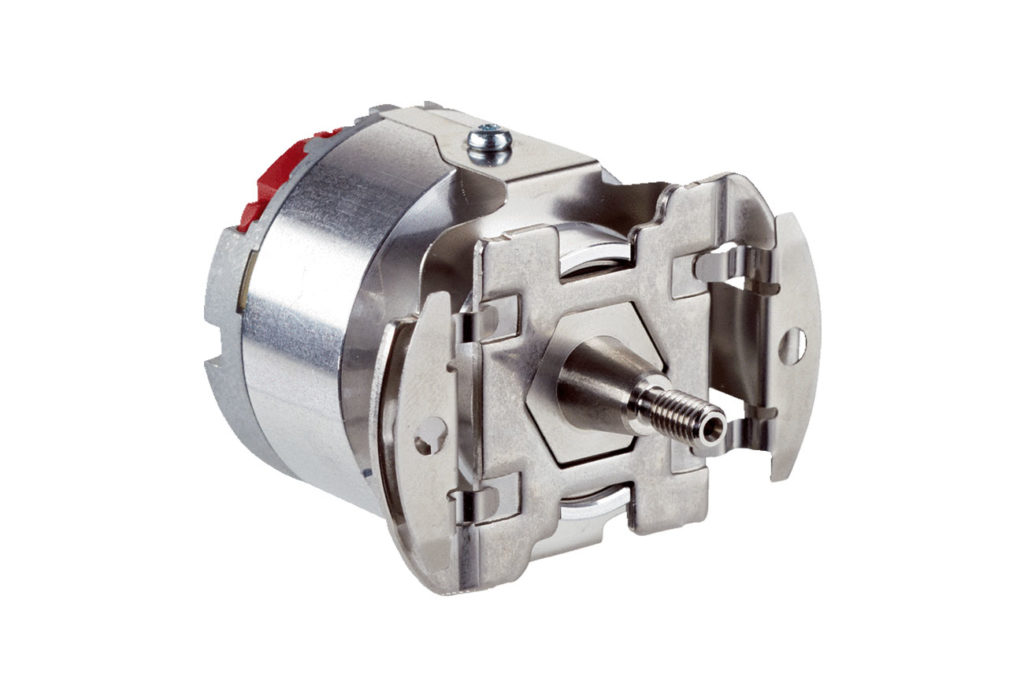How to Test a Servo Motor Encoder
If you know the first thing about servo motors, then you don’t need to be told that servo motor encoders are responsible for position, speed, and direction. Without the encoder, the motor would lack precise control and would only be capable of very basic operations.
It’s therefore critical to keep encoders operating as designed because even minor issues can compromise the overall performance of the servo motor and equipment that it is powering.
Let’s examine ways to quickly detect servo motor issues and how to test the encoder for problems.
Signs that a Servo Motor Encoder May Need Service
The best course of action is to address issues as soon as possible. Here are 6 warning signs that a servo motor encoder may need to be serviced:
1. Physical Wear
The accumulation of dust, oil, or damage to the encoder housing or connections is a common issue and will lead to underperformance or malfunctions.
2. Inconsistent Positioning
If the motor is unable to reach the programmed position accurately, or if there are fluctuations during operation, this could be a sign of encoder malfunction.
3. Erratic or Noisy Movement
Unpredictable or jerky movements often indicate an issue with the feedback signal from the encoder.
4. Drift or Offset in Position
Over time, the encoder may produce inaccurate position data, causing the motor to move incorrectly or deviate from its intended path.
5. Loss of Feedback Signal
If the motor suddenly stops or behaves unexpectedly, it may be due to a sporadic or complete loss of the encoder feedback signal.
6. Error Codes
Many newer encoders often have internal diagnostics that will generate error codes or alarms when the encoder is not functioning properly.
A simple encoder failure can cause damage to other partsof your machine. It can also generate financial losses due to the production of non-conforming material that must be scrapped after the manufacturing problem is detected. Detecting encoder issues early can prevent further damage and costly repairs. Before jumping into repairs, take the time to visually inspect and test the servo motor. This can validate and pinpoint the problem area(s) and speed repair time.
 Inspecting and Testing a Servo Motor Encoder
Inspecting and Testing a Servo Motor Encoder
Testing a servo motor encoder involves several steps. Begin by visually inspecting the encoder and wiring for any loose connections or damage. A few minutes here could save significant repair time and costs.
If everything seems to be intact, continue by ensuring that the motor and encoder are securely mounted to a stable platform. This will help to prevent movement during testing. Also, make sure the power supply to the motor is off. This will help to avoid accidental activation.
Once the motor is secure, follow these basic steps.
1. Monitor Output Signals
Connect the encoder to a test device or oscilloscope to monitor the output signals. Slowly rotate the servo motor shaft by hand, carefully observing the output. For incremental encoders, check for a consistent pattern of pulses as the shaft rotates. Each pulse corresponds to a specific angular movement of the motor shaft. For absolute encoders, ensure that the output signal changes appropriately according to the shaft’s position. You may need a test device that can interpret serial data and display a position count.
2. Test the Encoder
Slowly rotate the motor shaft manually and observe the generated pulses; these should be consistent and evenly spaced for incremental encoders. For absolute encoders, verify that each position generates a unique code. You can also test the encoder by integrating it with the motor control system and checking the feedback response. Any irregularities, such as missed pulses or incorrect positioning, may indicate a fault in the encoder.
3. Measure the Voltage
If using an oscilloscope, you should see a series of square waves representing the encoder’s output as the shaft rotates. With an oscilloscope or multimeter, you’ll measure voltage levels and changes as the encoder’s signals switch states.
READ: 7 Steps to Servicing a Servo Motor Without Compromising Encoder Alignment
READ: Encoder Alignment: Isn’t Important – It’s Critical
READ: 7 Requirements for an In-House Servo Motor Repair Environment
Risks of Manually Testing a Servo Motor Encoder
Manually testing a servo motor encoder carries some risk as improper handling can damage the encoder or motor, especially if excessive force is applied when removing it from a motor or if the components are not handled with proper ESD precautions. There is also a risk of short circuits if the wiring is not correctly handled. You must observe allowable power supply voltage ranges when powering up your encoder to manually test it.
Additionally, if the motor unexpectedly powers up during the test, it can cause injury or damage to the testing equipment. For these and other reasons, proper safety precautions, such as using insulated tools and ensuring the motor is disconnected from its power source are essential.
Servo Motor Encoder Testing Tools
At Mitchell Electronics, Inc., we offer a range of products and services designed to maintain the integrity of servo motor encoders and ensure reliable performance. Repair centers and manufacturers alike turn to us for the industry’s most trusted encoder testing products. In addition to our proven tools (such as the TI-5000JX), we offer expert assistance and training to help your staff to ensure proper encoder alignment.
Our testing solutions allow our customers to maintain the optimal performance of servo motors, reducing downtime, and increasing overall operational efficiency. Find more information like this on our blog or contact us here.
You can also download The Quick Reference Guide to Servo Motor Maintenance and Repair. Inside this in-depth guide, you’ll find insights into:
- Diagnosing common servo issues
- Understanding common servo error codes
- Knowing what you can fix in-house and what needs to be sent out for repair
- Identifying tools you’ll need to make repairs in-house
- Learning what makes a successful repair shop

